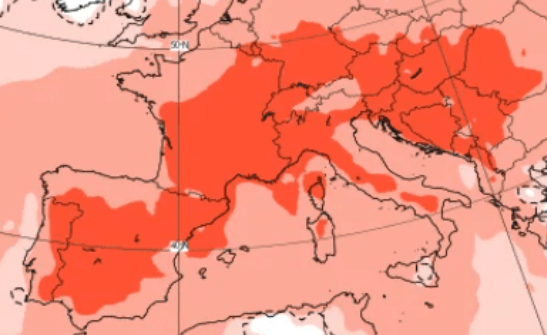
Europe is bracing for an extended period of extreme heatwaves expected to persist at least until early August, according to the latest forecasts from the European Centre for Medium-Range Weather Forecasts (ECMWF). These prolonged high temperatures signal a challenging summer ahead with significant implications for public health, agriculture, and infrastructure.
🔥 Forecast Overview
The ECMWF charts depict a persistent heat dome over much of Southern and Central Europe, causing widespread temperature anomalies far above seasonal averages. Key highlights include:
- Sustained temperatures soaring 40-45°C, rarely later 48°C in southern Europe, including Spain, Italy, and parts of the Balkans.
- Central and Western Europe facing prolonged spells of 35°C to 40°C, rarely 42°C with some localized peaks exceeding 42°C.
- Eastern Europe is not spared, experiencing heatwaves with temperatures consistently above 35°C.
This pattern is forecast to maintain itself with little significant relief through July and into early August 2025, intensifying drought stress and heat-related challenges.
🌡️ Regional Impacts
- Southern Europe: Spain, Portugal, Italy, and Greece will likely face the harshest heat, with daily highs exceeding 40°C for multiple consecutive days.
- Central Europe: Germany, France, Austria, and Switzerland will experience unusually high temperatures with record-breaking hot nights that reduce natural cooling periods.
- Eastern Europe: Countries like Hungary, Romania, and Bulgaria will endure sustained heatwaves adding pressure on agriculture and water resources.
⚠️ Implications and Risks
The prolonged extreme heat is expected to:
- Increase health risks, including heat exhaustion, dehydration, and heatstroke, particularly among vulnerable groups.
- Worsen drought conditions, affecting water supplies and crop yields, potentially threatening food security in some regions.
- Raise energy demand as air conditioning use surges, risking power shortages or outages.
- Elevate the risk of wildfires, especially in Mediterranean and forested regions.
🛡️ Preparedness and Adaptation
Authorities across Europe are urged to prepare for ongoing heat stress by:
- Implementing heat-health action plans to protect vulnerable populations.
- Managing water resources carefully to cope with drought.
- Enhancing fire prevention measures and readiness.
- Informing the public about heat safety tips and staying hydrated.
🌍 Broader Climate Context
This extended heatwave aligns with broader trends driven by climate change, which is making extreme heat events more frequent, intense, and longer-lasting. The ECMWF forecast underscores the urgent need for climate resilience and adaptation strategies across Europe.
Sources and Further Reading
- European Centre for Medium-Range Weather Forecasts (ECMWF) Official Website
- ECMWF Heatwave Forecast Charts
- Copernicus Climate Change Service Reports
- European Drought Observatory
Forecast for the next 6 weeks (from 23. June to 4. August 2025) week after week:

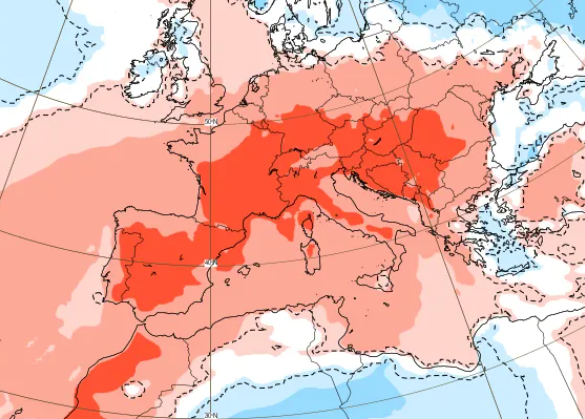
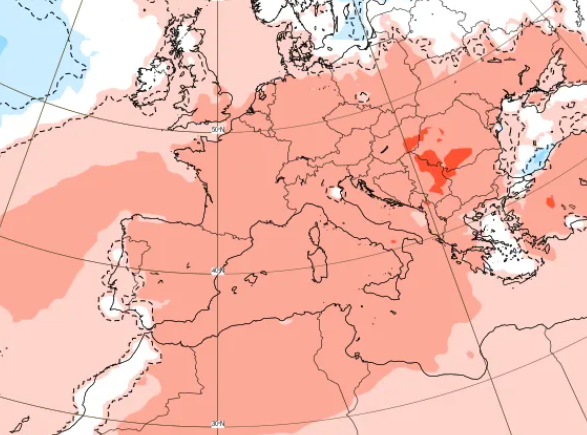
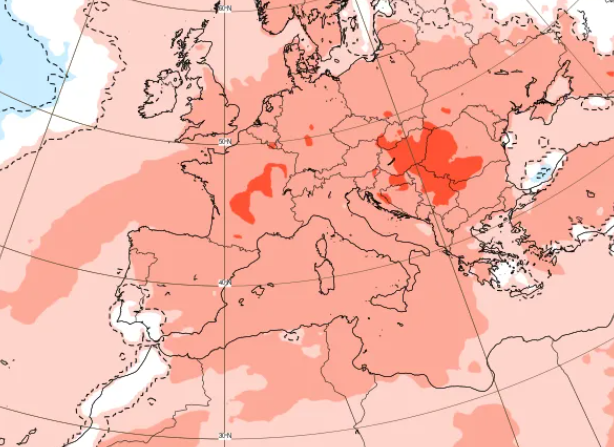

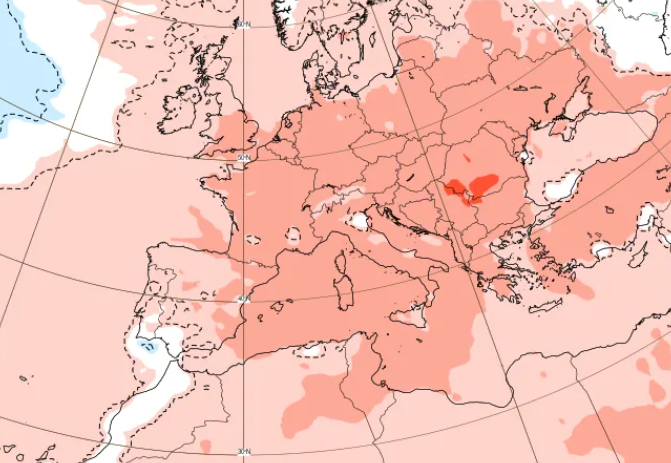

Detail.


























